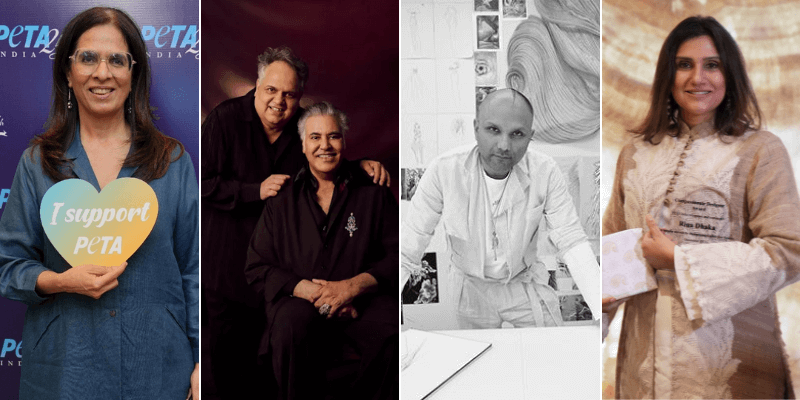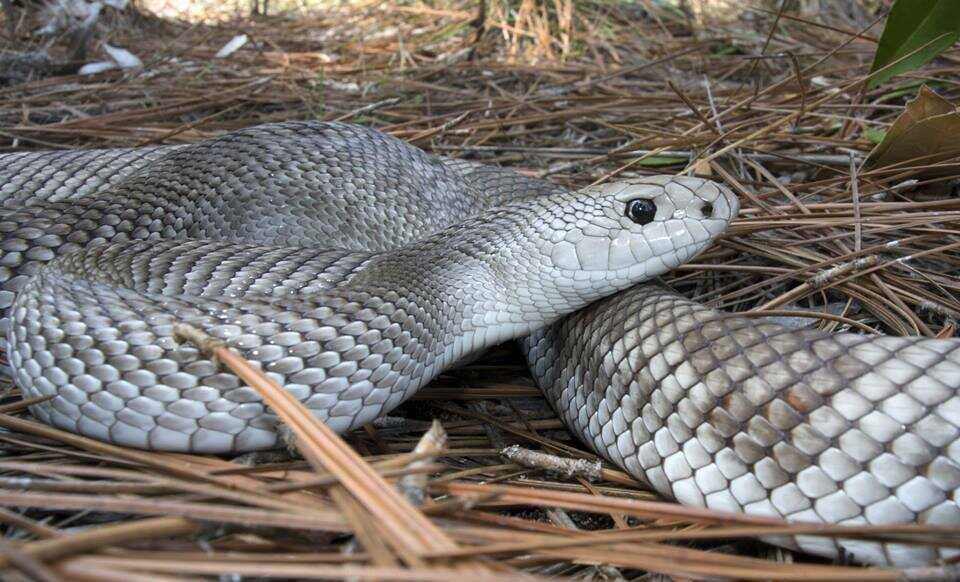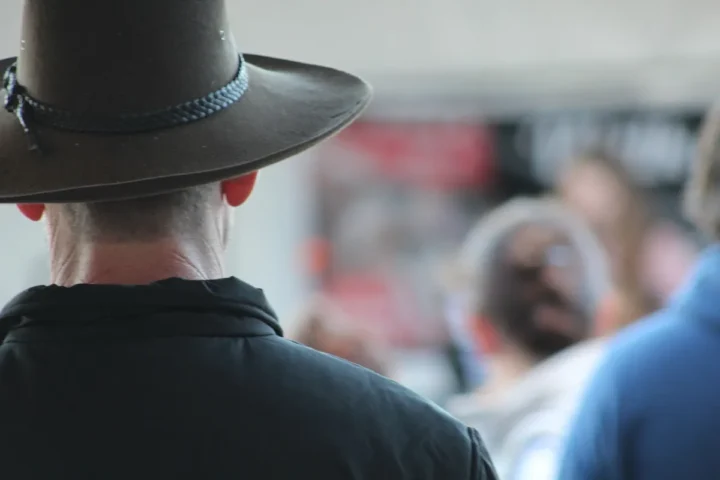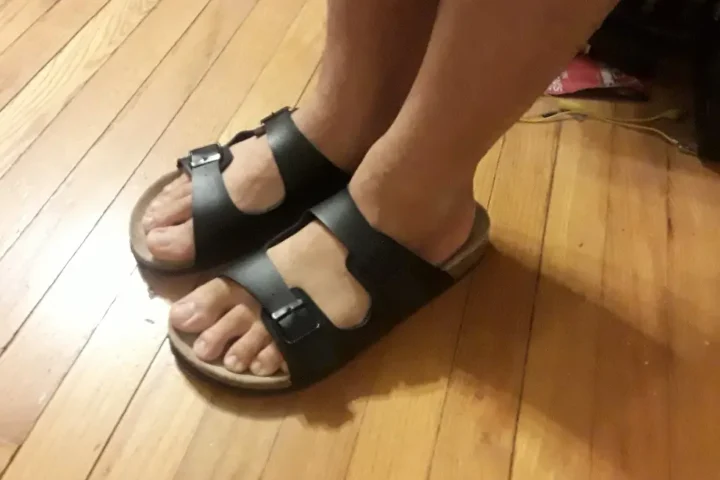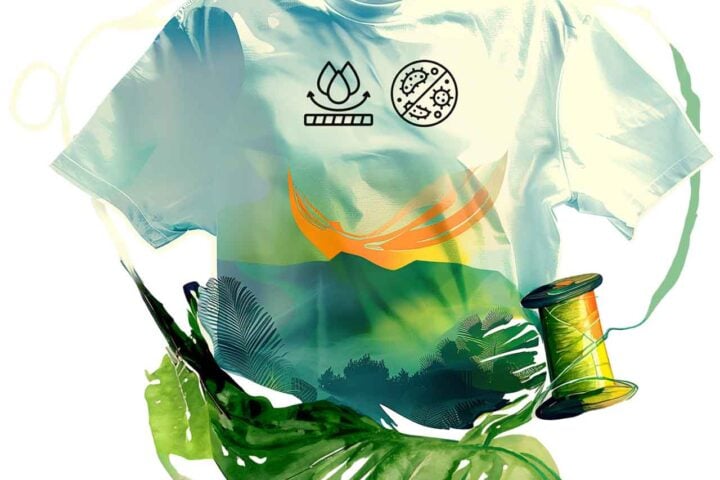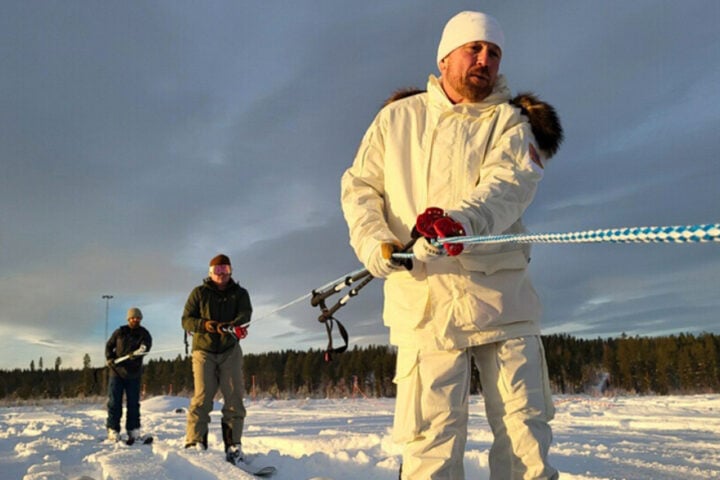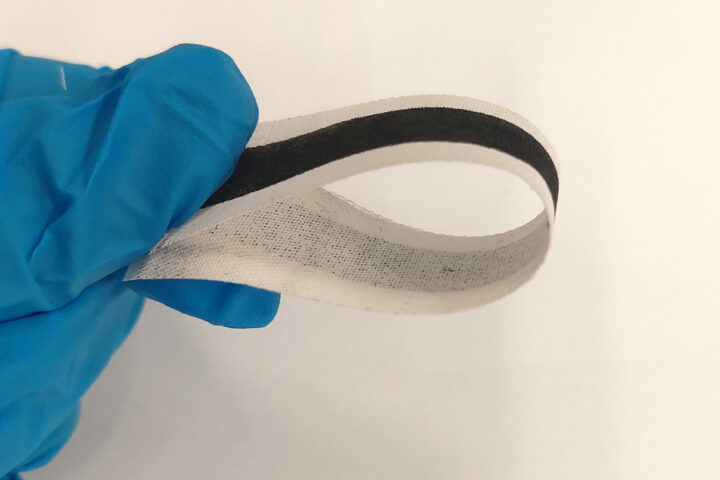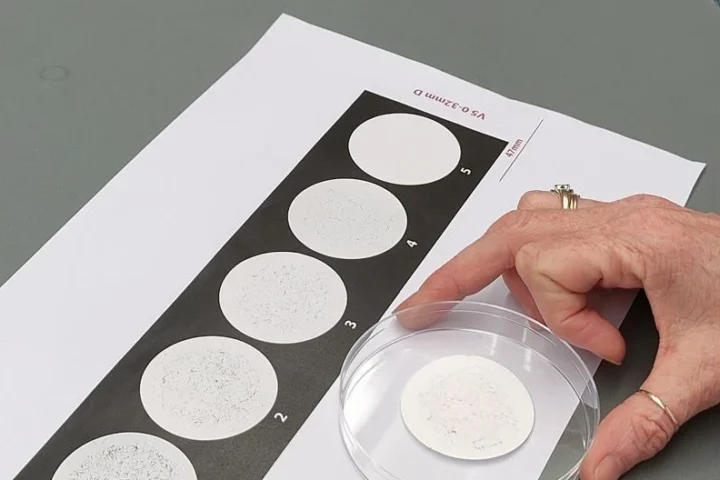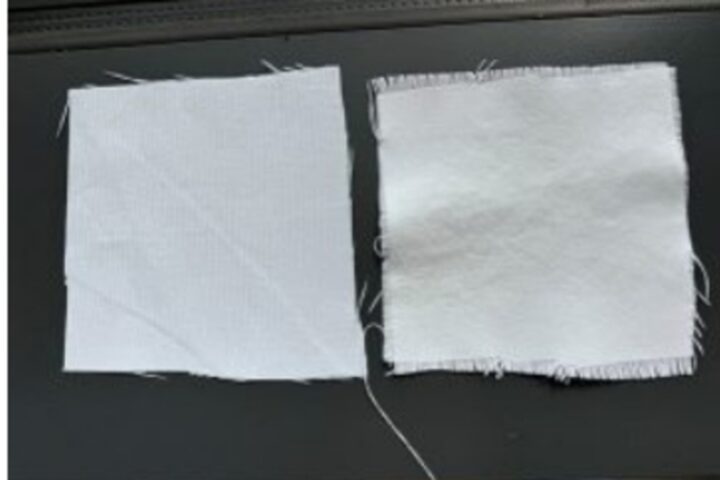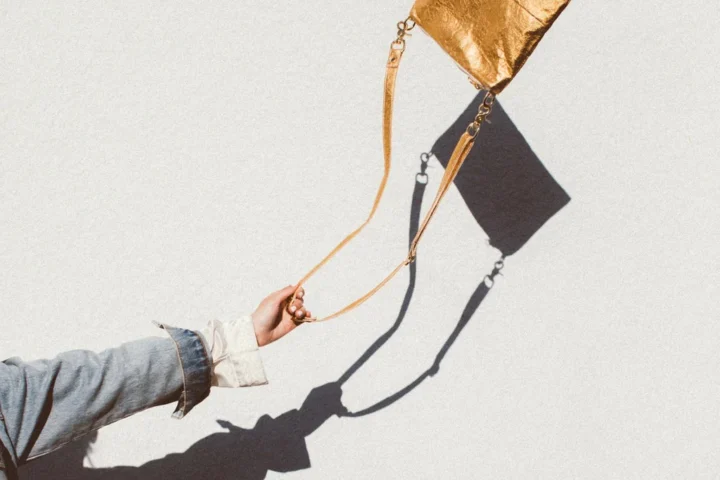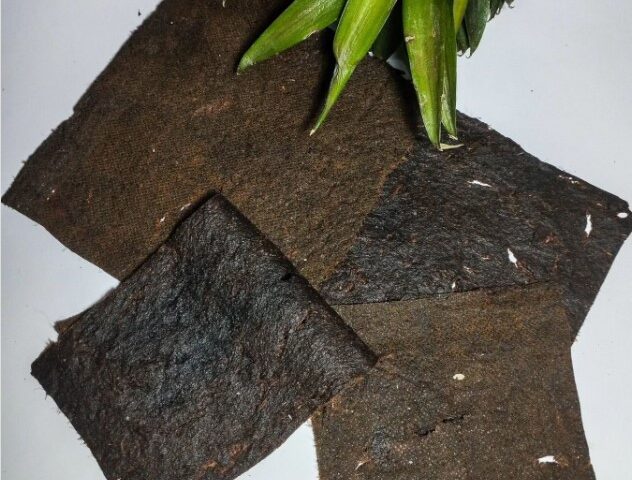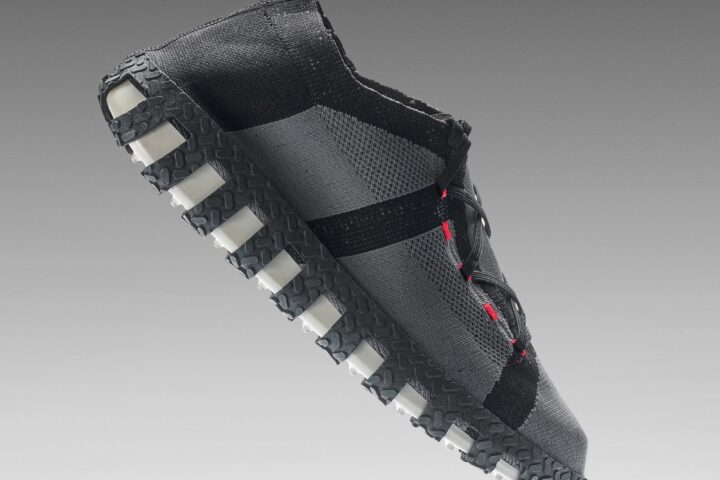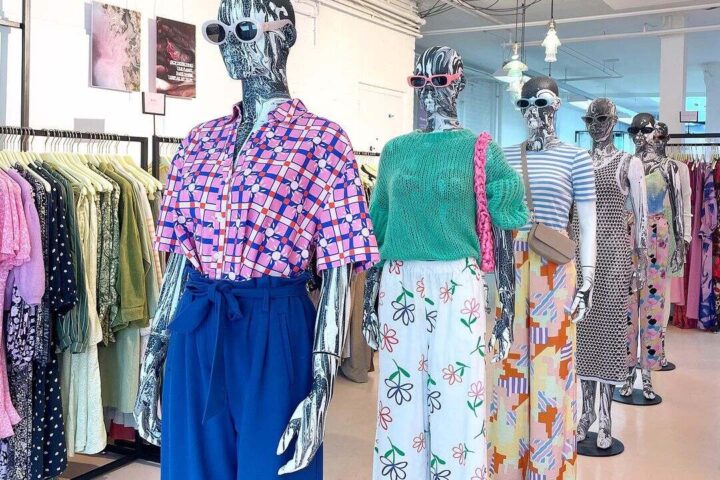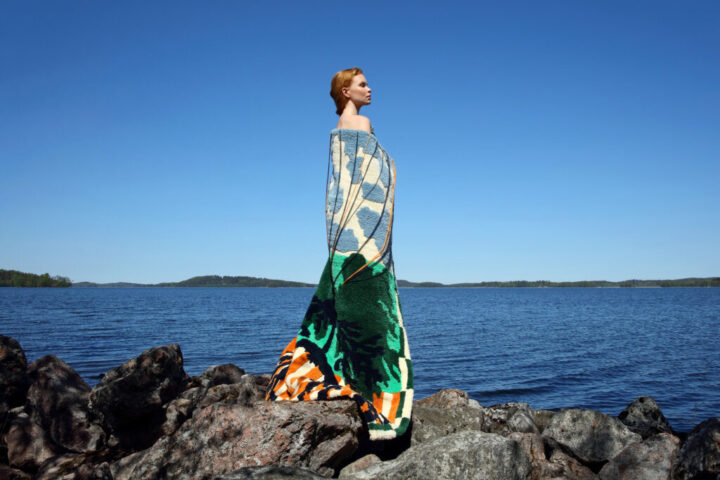On July 9, 2025, more than 50 Indian designers pledged to go feather-free. These creative minds—including household names like Anita Dongre, Abu Jani-Sandeep Khosla, and Gaurav Gupta—signed PETA India’s Feather-Free Pledge on Fashion Day, promising to keep birds’ plumage out of their collections from now on.
The commitment follows a joint appeal by Stella McCartney and PETA India, who joined forces to show designers the truth behind feather harvesting and offer plant-based alternatives that work just as well.
“Cruelty isn’t cool, people! We pledge ourselves to creating beauty through fashion that does not exploit or hamper the rights and freedom of birds,” Abu Jani and Sandeep Khosla told PETA India. “Let’s dedicate ourselves to protecting birds and vow to be feather-free. Kindness is the ultimate style statement.”
Their words echo what many designers expressed when signing—fashion can thrive without animal suffering. Gaurav Gupta, known for his sculpted designs, explained: “At Gaurav Gupta, we believe in shaping the future of couture with compassion and consciousness. Our creations are rooted in emotion, innovation, and storytelling, without causing harm to any living being. Signing PETA’s feather-free pledge is a natural extension of our commitment to cruelty-free design, where beauty is never at the cost of another life.”
For veteran designer Ashish N Soni, this wasn’t about trends: “I’ve signed this pledge not because it’s politically correct but because it’s something I truly believe in. I will encourage my peers to do the same.”
Leena Singh of Ashima Leena added her voice: “Any cause that supports the well-being of animals is incredibly close to my heart. It’s an absolute honour to be part of this noble initiative, and I’m proud to stand for a more compassionate and conscious future in fashion.”
The feather industry’s reality isn’t pretty. According to Stella McCartney’s pledge page, “Every year, 3.4 billion ducks and geese are harmed or killed for feather down alone—often plucked whilst they are still alive.” Stella’s page estimates that over 1 million ostriches are killed annually for their feathers. Stella’s page notes ostriches don’t have a moulting season; feathers are taken by ripping them out while they’re alive or after slaughter.
Though the Responsible Down Standard (RDS) bans live-plucking and force-feeding birds, PETA Asia investigations have uncovered violations even in RDS-certified supply chains. Birds’ welfare frequently takes a backseat to fashion demands.
Similar Posts
Smart designers aren’t just removing feathers—they’re replacing them with clever plant alternatives. Stella McCartney, who became the first luxury brand to sign the pledge in 2024, uses BioPuff®, an insulation made from bulrushes (typha plants) grown in regenerating wetlands. This material isn’t just cruelty-free; it helps restore natural habitats while providing the same warmth and lightness as down.
Other options include “vegan feathers” crafted from bamboo fibers, recycled materials, and metallic textiles—all offering the dramatic flair of feathers without harming birds.
PETA India stated: “Behind every feathered ensemble or accessory are birds plucked alive or that did not want to die. PETA India applauds these forward-thinking designers for pledging to leave feathers on the birds who were born with them and urges others to follow their lead.”
This Indian initiative connects to a worldwide movement. Stella McCartney—who’s never used leather, feathers, fur, or exotic skins since starting her brand in 2001—was named PETA’s 2024 Person of the Year for her animal advocacy work.
For shoppers wanting to support bird-friendly fashion, look for clearly labeled feather-free products. Check material lists and ask brands about their sourcing practices.
Designers interested in joining can sign PETA India’s Feather-Free Pledge through their website, where the form remains open for additional signatures.
Complete List of Indian Designers Who Signed the Feather-Free Pledge
The following designers have committed to keeping their collections feather-free:

- Anita Dongre
- Abu Jani–Sandeep Khosla
- Gaurav Gupta
- Shyamal & Bhumika
- Jade by Monica & Karishma
- Rina Dhaka
- Krésha Bajaj
- Ashish N Soni
- Leena Singh
- Payal Pratap
- Simar Dugal
- Sushant Abrol
- Dhruv Kapur
- Vani Anand
- Ritu Beri
- Rhea Pillai Rastogi
- Akshat Bansal
- Swatti Kapoor
- Limerick by Abirr n’ Nanki
- Narresh Kukreja
- Shivan Bhatiya
- Papa Don’t Preach by Shubhika
- Ikai by Ragini Ahuja
- KALKI
- Jayanti Reddy
- House of Sohn
- Rudraksh Dwivedi
- HUEMN
- Dolly J
- Rahul Singh
- Mynah’s Reynu Taandon
- Verb by Pallavi Singhee
- Mishru by Swapna Anumolu
- Gazal Gupta
- Laksheeta Govil
- Siddartha Tytler
- Monica Shah
- Karishma Shah
- Debyani & Co.
- Nishit Gupta
- Shruti Ranka
- Sanya V Jain
- Sahil Kochhar
- Arpita Mehta
- Nikhil Thampi
- SVA
- Sonaakshi Raaj
- Agrima Batra
- Mahima Mahajan
- Sunil Mehra
- Aza
- Ridhi Mehra
- Archana Jain
- Aprajita Toor
- Aman Takyar
- Tanvi Garg
On July 9, 2025, these 50+ Indian designers pledged to eliminate feathers from their collections through Stella McCartney and PETA India’s joint appeal, coinciding with Fashion Day. This commitment joins a growing trend of sustainable fashion initiatives in India, showing how the industry continues to evolve toward more ethical practices.
